Features of Iranian foamiran
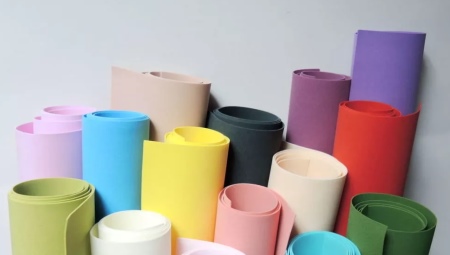
Iranian foamiran: what it is, how it differs from the marshmallow or Chinese analogue, how to thin it - these questions are often asked by novice masters in the field of foam floristry. This type of revelor for needlework is distinguished by a rich color palette, plasticity, elasticity, and ease of cutting. Iranian foamiran is rightfully considered one of the best materials for making flowers and other crafts - you just need to know how to handle it correctly.
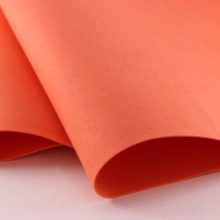
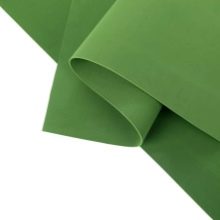
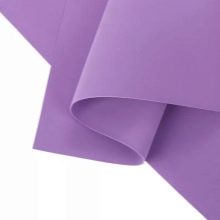
What it is?
Foamiran is a material widely used in needlework. It belongs to the category of decorative, has a foam structure, is non-toxic. Absolutely all types are based on EVA or ethylene vinyl acetate, which has undergone special processing and cut into A4 sheets or large formats (60 × 70 cm, 60 × 90 cm are popular). Iranian foamiran is considered a reference product, since this material was first produced here.
The world's largest manufacturer Foamiran Co. and today it is based in this country, providing supplies of revelor to dozens of countries around the world.


Among the characteristic features of the Iranian foamiran are:
- fine-pored structure;
- thickness 0.8-2 mm;
- a palette of shades of more than 30 colors;
- pastel color scheme, as realistic as possible;
- pleasant tactile sensations;
- velvety surface;
- high elasticity and good elongation.

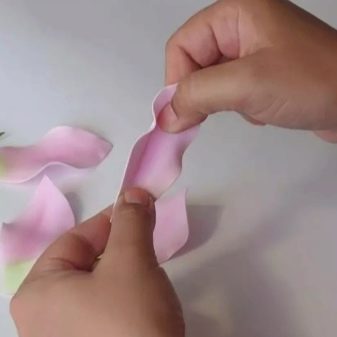
However, it is not without its drawbacks. Under strong tension, the material still turns out not strong enough to break. In addition, Iranian foamiran is characterized by uneven edges, uneven sheet thickness, visible pores, sometimes with an end-to-end structure. These points have to be taken into account in the process of work.

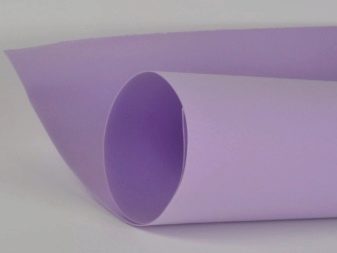
Comparison with other species
Iranian foamiran is made according to a traditional recipe and is considered the best for floristic use. Most often it is compared with marshmallow, Korean and Chinese counterparts - it is worth considering their differences in more detail, since the difference is still palpable. Each option can be visually recognized even without special skills.
Among the features that distinguish the Iranian revelor from the Chinese and marshmallow ones are the following.
- Dimensions. For most sheets from Iran, they are standard - 60 × 70 cm.Korean products have parameters 60 × 40 cm, marshmallows - up to 1 m.In China, revelor is produced in 50 × 50 cm sheets.

- Thickness of sheets. It is the most uniform in Korean material, varying in the range of 0.6-1 mm. Chinese and Iranian products have the same characteristics. Marshmallow sheets are the most airy, but their thickness also varies in the range from 0.6 to 1.8 mm, differing little from those of other popular types.

- Structure and texture. The most interesting is the "plush" Korean foamiran, which appeared on the market a little over 5 years ago. Marshmallow is not inferior to him in decorativeness, but the structure of the material suggests the introduction of additives into the composition - it is very foamed and looks more like a packaging film.
Chinese and Iranian samples are easy to distinguish: the former will be smoother and heavier, the latter will be softer to the touch and tactilely pleasant.

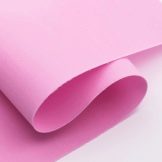


- Heat and tensile resistance. When heated, the marshmallow variety of revelor looks like chewing gum, bubbles, at higher temperatures it can melt, it is almost impossible to print it normally on a mold, but the material stretches perfectly. Chinese in thin sheets is not suitable for hot working, it is deformed by hand.
Iranian foamiran stretches well (the thicker it is, the more elasticity), withstands heat and molds well in molds.

Using this knowledge, you can easily distinguish different types of foamiran from each other on the store counter. Understanding the properties and characteristics of a material greatly facilitates the selection process.
Palette
Iranian foamiran has a natural color palette that contains White and black colors, as well as the entire classic range of shades, presented in muted pastel variations... In total, there are more than 30 current tones, their full range depends on the thickness of the material and the brand that released it. Green the color is most often represented by mint, herbaceous, classic shades and khaki. Blue complemented by blue, turquoise, aqua.
Looks pretty rich red-pink range - the most popular in the manufacture of floristic compositions. There is:
- peach;
- lilac;
- Red;
- dark pink;
- Bordeaux;
- light pink;
- hazy pink;
- coral;
- lavender;
- tomato;
- dark salmon;
- paprika;
- fuchsia;
- wine red tone.

Light pastel shades are also diverse. The light pistachio color looks especially interesting, champagne, ivory, antique white and lemon are not inferior to it in decorativeness.
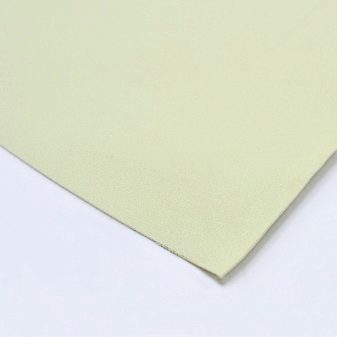
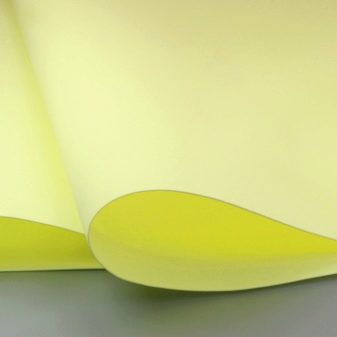
Application
Iranian foamiran is considered one of the best for making complex decorative items. However, due to the fact that the sheets are not uniform in thickness, sometimes it becomes difficult to create a large number of parts.... In this case, it is better to thin the material so that the work does not look rough. To do this, you need to rub it strongly in the palms, achieving plasticity, and then stretch it.
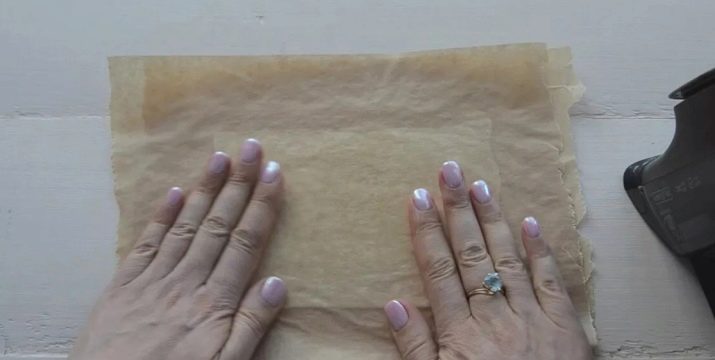
Flowers from Iranian revelor look very realistic, but for some varieties, the petals have to be greatly thinned. This can be achieved by placing the petal on the iron with low heat for a fairly long time. In addition, you can achieve the result with the help of molds and veiners. For processing the edges, it is better to use a gourd.
These methods significantly reduce the complexity of working with the material, make it possible not to strain your hands when preparing a large volume of parts.

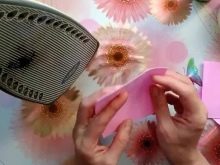

How to make peonies from Iranian foamiran, see below.








